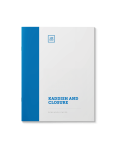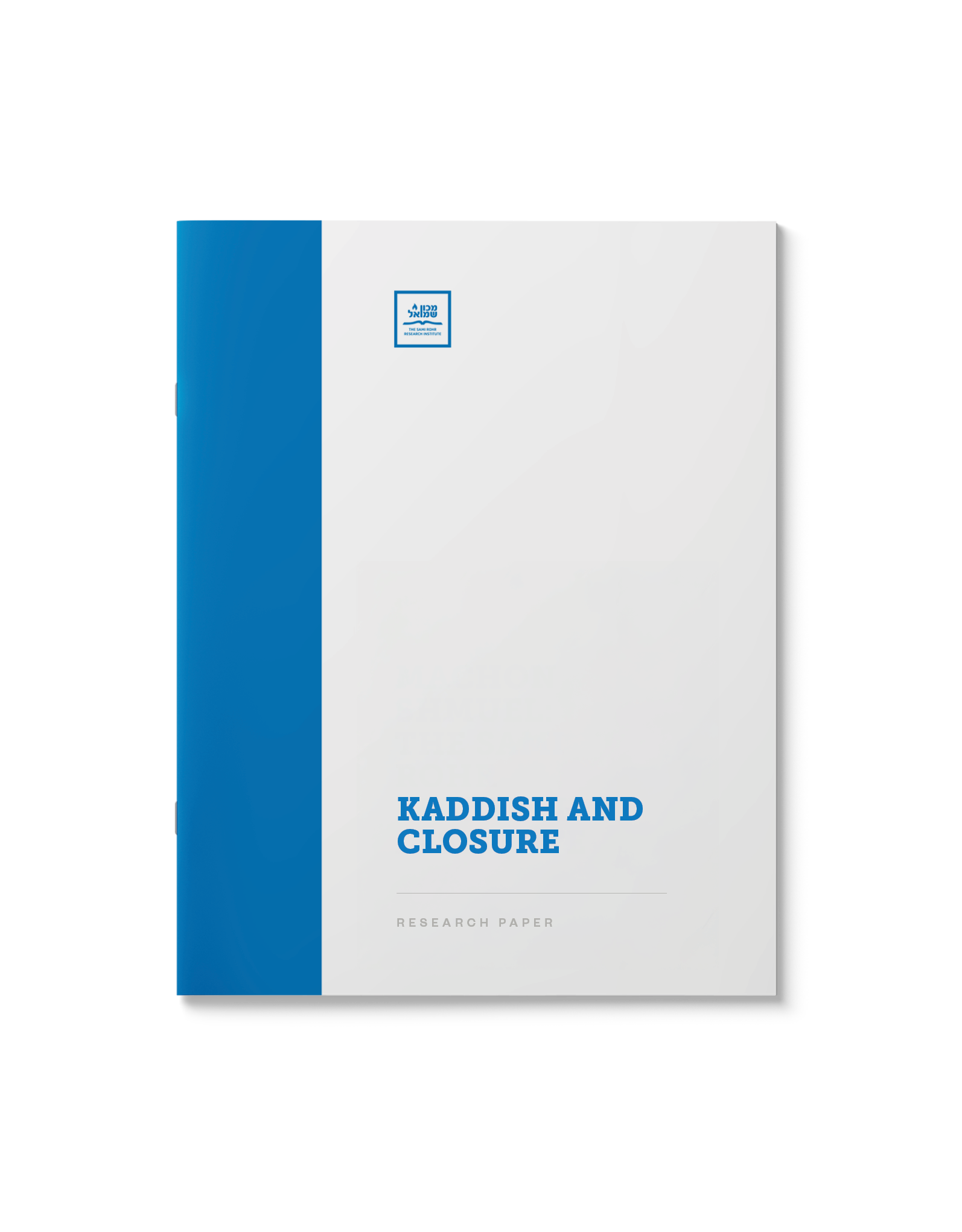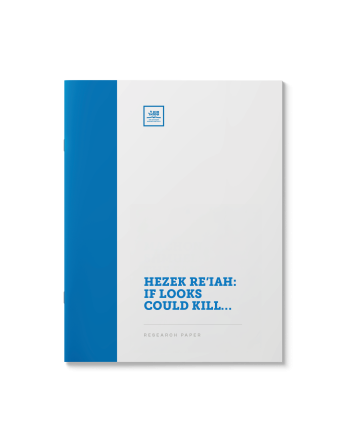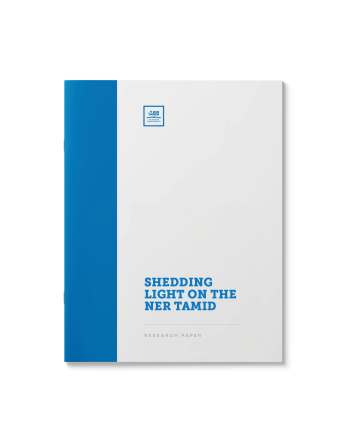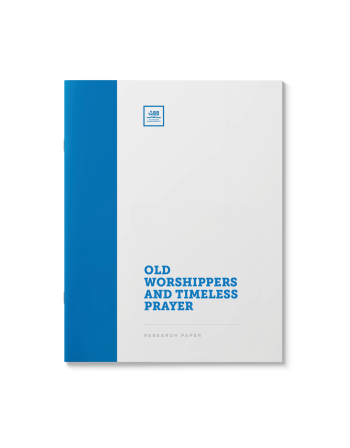Kaddish and Closure
$39.00
The recitation of Kaddish is a central Jewish mourning rite. Mourners recite Kaddish for eleven months following the death of a loved one. What is the meaning of the prayer and the details of its observance? Why is it recited for specifically eleven months?
| Language | English |
|---|---|
| Paper Type | Research Paper |
| Pages | 4 |
Related Products
Joining the congregation in their recital of kedusha is important on many levels. But what should one do if he is still reciting the silent Amida? Or just about to begin? When a worshiper’s private Amida collides with the recital of Kedusha by the congregation, what is the appropriate response?
Who is obligated to bless the moon? What is
the meaning behind its prayers and rituals? Discover why the moon hangs high in
Jewish thought in this review of its laws and customs.
Beseeching the Creator for His benevolence and salvation is a practice of universal import and value. But how did the uniquely Jewish form of prayer evolve? What was the process by which the first siddurim were designed?
Part II in a Series
A digest of the philosophy behind communal prayer. What makes it so valuable? What purpose does it serve? Does the prayer of the individual not achieve the same as the prayers of a congregation? A look at the deeper meaning of tefilah b’tzibbur.
Table of Contents
אמן. מילה קטנה הטומנת בתוכה אוצרות גדולות. המילה שהפכה לביטוי עמקי האמונה, בכוחה להמשיך ברכות וכוחות עצומים. מהו אפוא סודה של עניית אמן? האיך אמור האדם להתחבר אליה במדה מלאה? סקירה מקיפה לאור גנזי הקבלה והחסידות (חלק א).
שהחיינו וקיימנו לזמן הזה. בירור מקיף ויסודי אחר תקנת ברכת שהחיינו. מדוע נהוג לברכה על פרי חדש לעומת אירועים משמחים שאינו נהוג לברכה? מהם כללי היסוד הקובע את אמירתה? סקירה הלכתית ומגוונת מממקרים ושאלות רלוונטיות. ראה זה חדש.
The greatest cantorial pieces call for the
repetition of certain words. When is this allowed? What is the issue? And what
role, if any, does the Chazzan play in Chabad philosophy?
The beautiful Veyiten Lecha prayer customarily recited after Havdallah assembles a wide array of Torah passages. What do they mean and why do we say it?
Prayer has always been a pillar of the Jewish tradition. It is often wondered: if Judaism most values action, what is the significance of uttering liturgy composed thousands of years ago, several times a day?
(includes 30 pages of supplementary material)
Part I in a Series
A minyan of seniors, a common occurrence at old age homes, can be challenging. What does Jewish law say about seniors sleeping during the prayers, or seniors who are unable or unwilling to actively participate in the services?
אמן׳ – מלה בת שלושה אותיות בלבד הטומנת בתוכה פנינים ומרגליות גם מתורת הנסתר והקבלה. מאמר המשך זה – פרק שני – בגדולתה של עניית אמן סוקר את סוד פעולת הברכה בעולם הספירות ועד המשכתה למטה על ידי עניית אמן. גדול העונה
This broad analysis of Birchas HaGomel takes a modern focus: Does a domestic flight over water trigger this blessing? An international one over land? What about a missed flight that crashes? A look at the basic laws and rational behind Gomel lays the foundation to determine when and why the blessing is required. (See also Thanking G-d for Goodness Part II)


